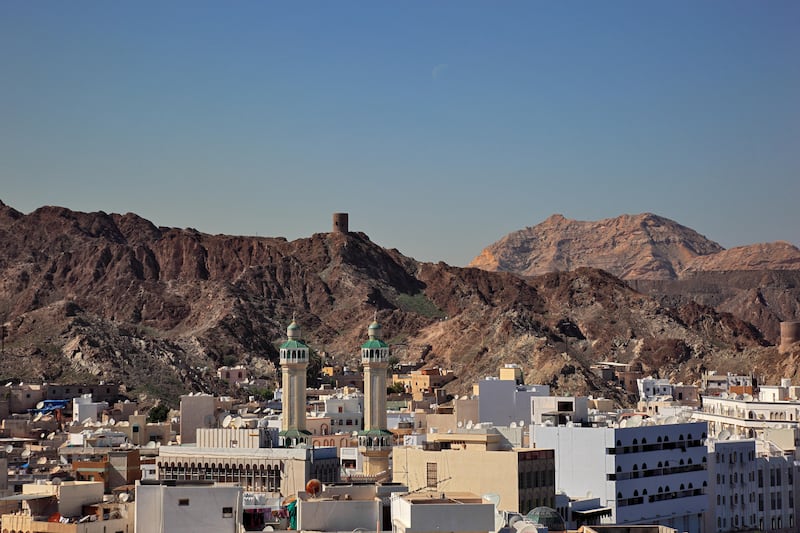S&P Global Ratings upgraded Oman’s long-term foreign and local currency sovereign credit rating to ‘BB-’ from ‘B+’, citing higher oil prices, rising hydrocarbon production and the government’s fiscal reform programme.
A BB rating is a speculative grading that implies the issuer is less vulnerable in the near term.
The credit rating agency also revised the Gulf country's outlook to stable, it said on Sunday.
“The stable outlook balances the significant improvement in the government’s balance sheet over the next three years against higher medium-term fiscal pressure,” S&P said.
Oman, a relatively small crude producer compared to its Gulf neighbours, is more sensitive to oil price swings and was hit hard by the effects of the Covid-19 pandemic and the collapse in crude prices in 2020.
However, higher oil prices in 2021, along with fiscal reforms, helped to narrow government deficits.
Oman’s budget deficit reached an estimated 1.2 billion Omani rials ($3.1bn), or 3.8 per cent of its gross domestic product (GDP), last year.
Government net debt will narrow to 12 per cent of GDP in 2025, a sharp improvement from a previous forecast of above 30 per cent, S&P said.
“Following high fiscal and external pressures since 2015 that culminated in 2020 with the double shock from the Covid-19 pandemic and sharp fall in oil prices, we now expect Oman to benefit from higher oil prices and the government’s ongoing reforms,” the rating agency said.
“The Omani government has also outlined a medium-term path to reduce the reliance on oil receipts. This includes new tax revenue measures such as the 5 per cent value-added tax introduced in April 2021 and spending rationalisation since 2020.”
The ratings are also supported by “still-strong government liquid assets estimated at 47 per cent of GDP in 2022”, S&P said.
The agency expects Oman's economy to grow in 2022 and 2023.
Real GDP will grow by nearly 4 per cent in 2022, moderating to about 2.2 per cent on average over 2023-2025, S&P said.
“Over the next three years, we expect the non-oil sector to be the leading driver of growth. We forecast non-oil growth averaging 2.2 per cent over 2023-2025, relative to 1.8 per cent in 2022,” the agency said.
“We expect Oman will achieve a fiscal surplus of 5.7 per cent of GDP this year, from the budgeted deficit of 4.6 per cent of GDP.”







